
Emirates and flydubai have cemented their status as a powerhouse aviation alliance, carrying over 5 million passengers on their joint network in the past year-a 36% year-on-year surge-underscoring their unparalleled synergy in redefining global air travel.
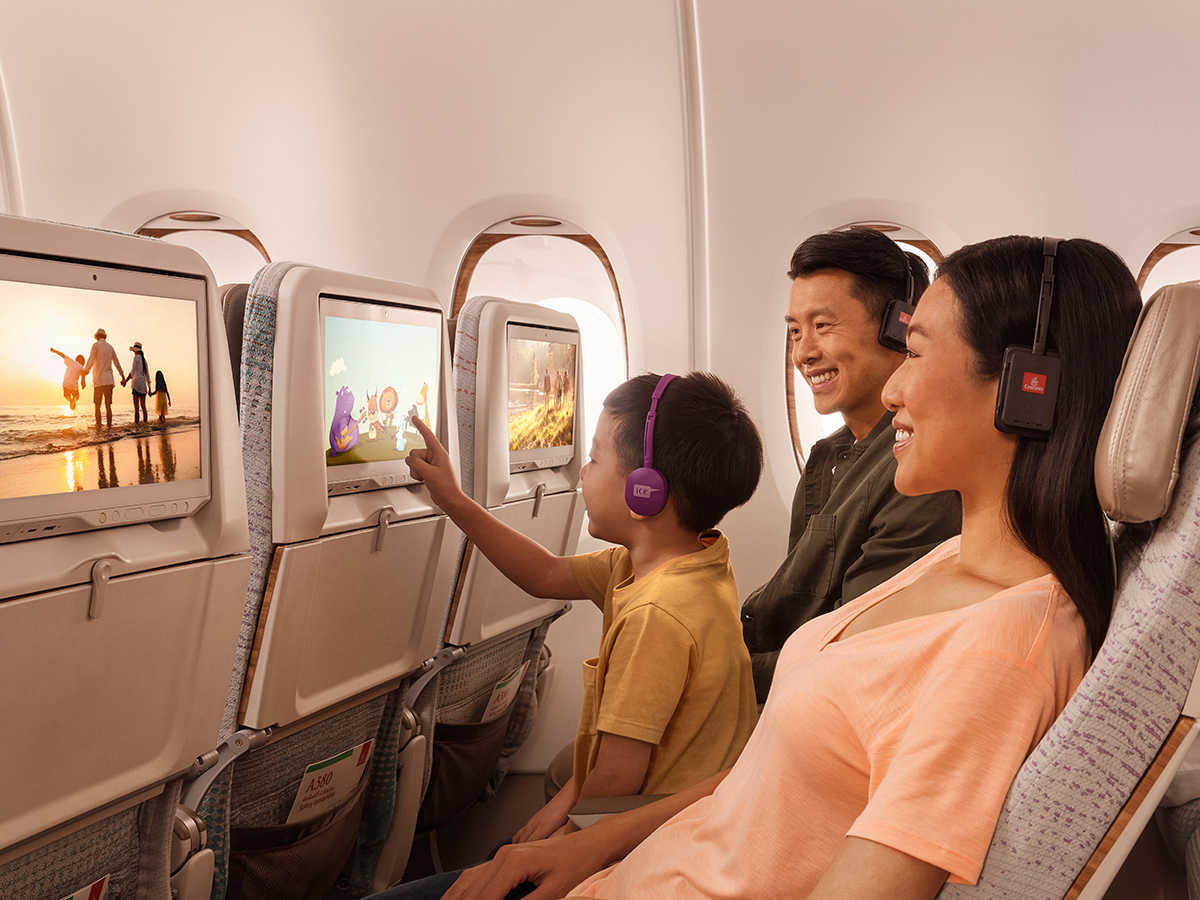
Seven Years of Strategic Growth
Since its inception in 2017, the partnership has evolved from linking 29 shared destinations to a sprawling network of 240 cities across 100+ countries, spanning every inhabited continent.
Emirates’ focus on long-haul routes complements flydubai’s strength in short- and medium-haul markets, creating a seamless web of connectivity that caters to diverse traveler needs, from luxury seekers to cost-conscious explorers.
Operational Excellence and Network Expansion
- Daily Operations: The alliance now operates 295 daily codeshare flights, with flydubai alone running 330+ weekly flights from Emirates’ Terminal 3 at Dubai International Airport (DXB). This integration allows passengers to transition smoothly between airlines, with coordinated schedules minimizing layover times.
- New Routes: Emirates recently launched flights to Bogotá (Colombia) and Antananarivo (Madagascar), tapping into underserved markets in South America and Africa. Upcoming routes include Da Nang (Vietnam), Siem Reap (Cambodia), and Shenzhen (China), set to debut this summer.
- Flydubai’s Summer Surge: The carrier added 10 seasonal routes, including Basel (Switzerland), Al Alamein (Egypt), and Pula (Croatia), targeting leisure travelers and expanding options for European getaways.
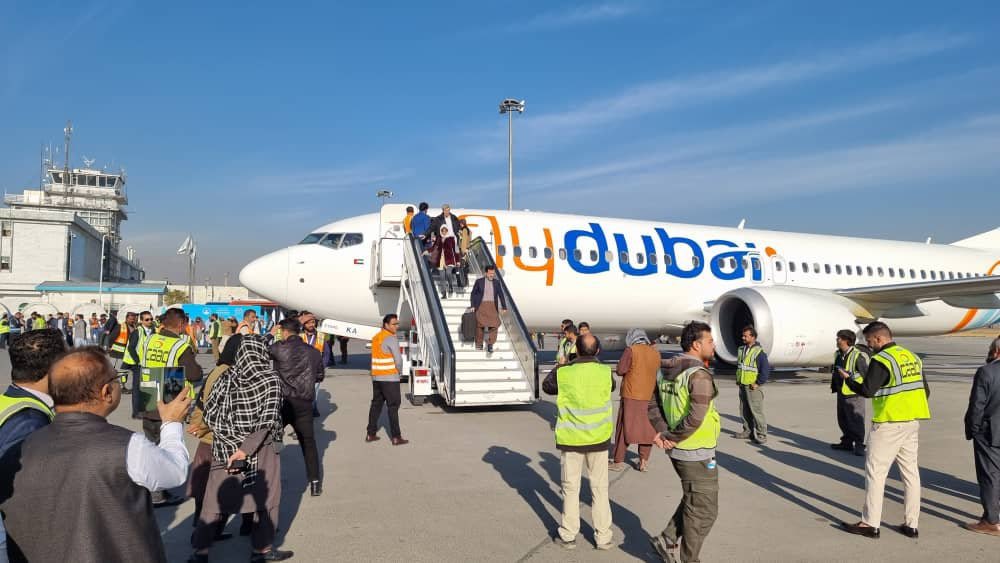
Premium Travel and Customer-Centric Innovations
- Luxury Demand: Premium cabin bookings surged 31%, driven by Emirates’ industry-leading First Class suites and flydubai’s revamped Business Class, which now features lie-flat seats on select routes like Zanzibar and Santorini.
- Emirates Skywards: The unified loyalty program, with 35+ million members, allows travelers to earn miles on both airlines and redeem them for upgrades, lounge access, or hotel stays. Members also enjoy priority boarding and exclusive offers.
- Digital Integration: A shared booking platform enables passengers to manage multi-airline itineraries in one place, while the Emirates app now includes flydubai flight alerts and real-time baggage tracking.
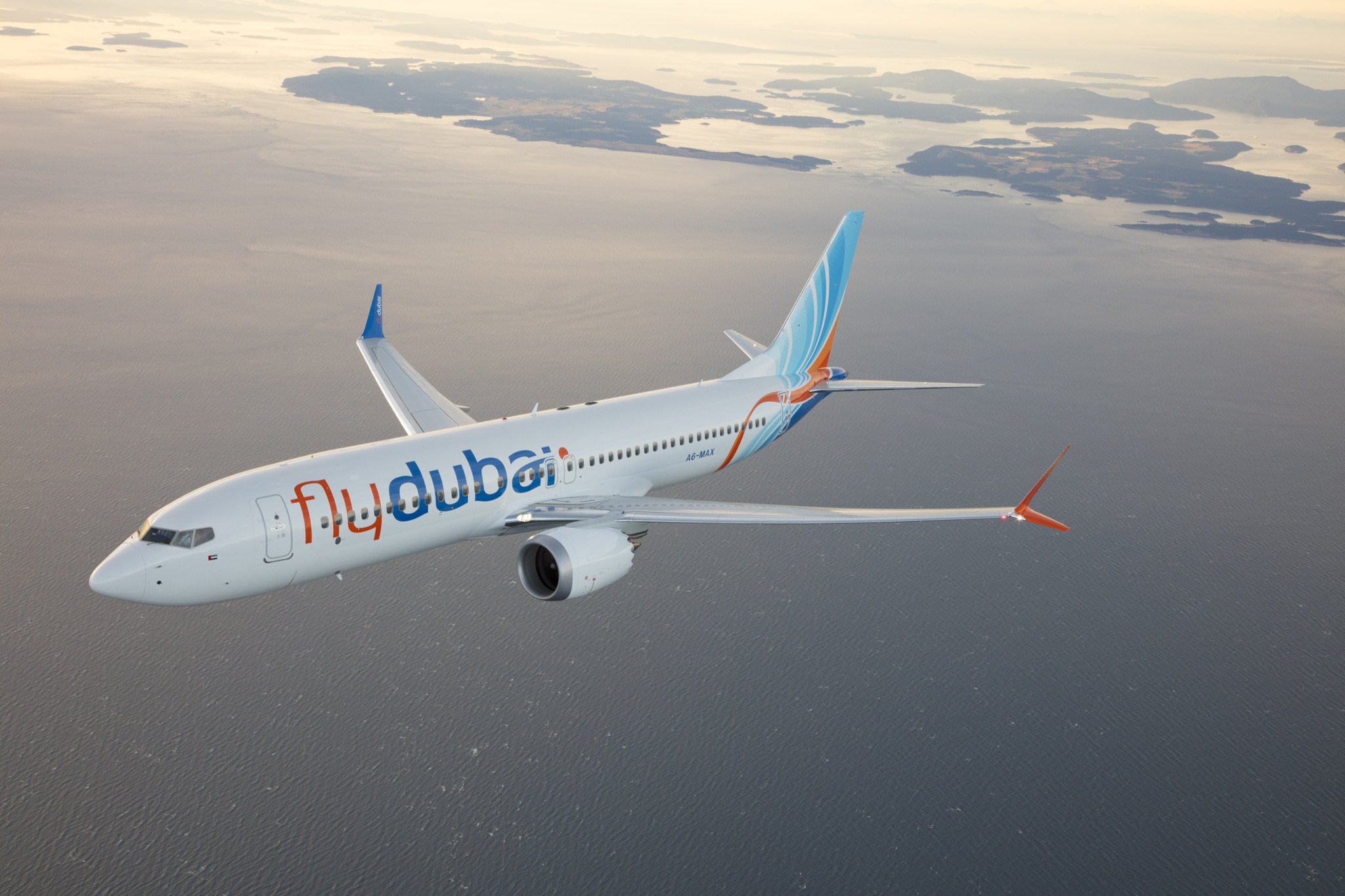
Economic Impact and Visionary Alignment
The partnership is a cornerstone of Dubai’s D33 Economic Agenda, which aims to double the emirate’s foreign trade and connect it to 400 global cities by 2033. By merging their networks, the airlines have bolstered Dubai’s position as a top-three global aviation hub, contributing to tourism growth, cargo logistics, and foreign investment.
- Cargo Synergy: Beyond passengers, the alliance facilitates freight operations, leveraging Emirates SkyCargo’s fleet and flydubai’s bellyhold capacity to transport goods like pharmaceuticals, perishables, and e-commerce shipments.
- Job Creation: The partnership supports thousands of jobs in aviation, hospitality, and logistics, aligning with the UAE’s economic diversification goals.
Fleet Modernization and Sustainability
Emirates’ Fleet: The airline has ordered 50 Airbus A350-900s and 35 Boeing 777-X jets, featuring fuel-efficient engines and reduced carbon emissions. These aircraft will gradually replace older models, cutting per-seat emissions by up to 25%.
Flydubai’s Green Push: The carrier’s Boeing 737 MAX fleet reduces fuel consumption by 14% compared to previous-generation aircraft. Both airlines are investing in Sustainable Aviation Fuel (SAF) initiatives and carbon offset programs.
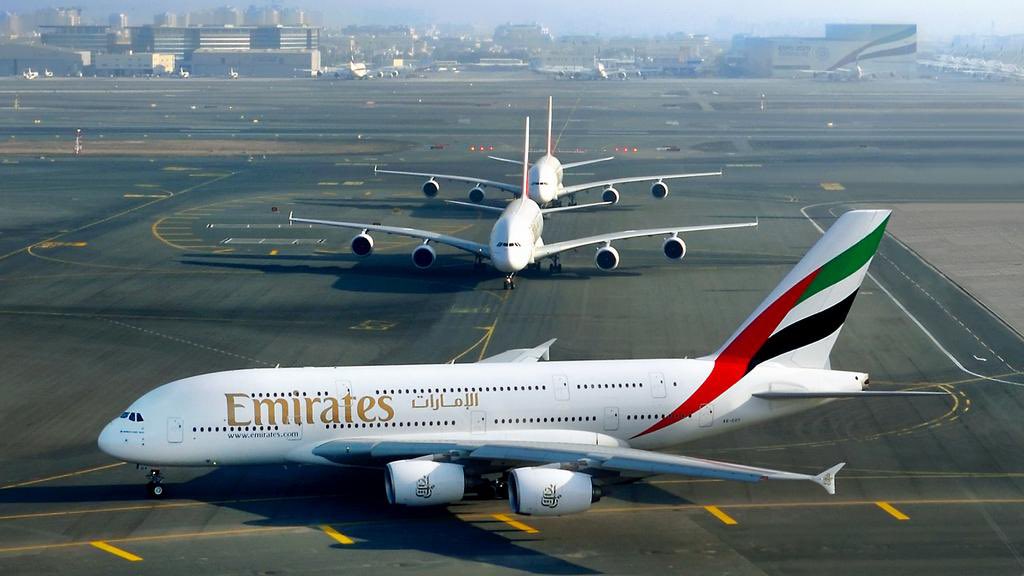
Leadership Insights
His Highness Sheikh Ahmed bin Saeed Al Maktoum emphasized that the partnership has “transformed Dubai into a global crossroads,” enabling travelers to reach emerging markets like never before. He highlighted plans to further integrate AI and biometric technologies to streamline passenger processing, including contactless check-ins and AI-driven baggage systems.
Future Roadmap
- Africa and Asia Focus: New routes to secondary cities in Africa (e.g., Kinshasa, Lubumbashi) and Asia (e.g., Chiang Mai, Fukuoka) are under evaluation to capture untapped demand.
- Sustainability Goals: Both airlines aim to achieve net-zero emissions by 2050, with Emirates piloting SAF-powered flights and flydubai exploring electric ground-handling vehicles.
The Emirates-flydubai alliance is more than a partnership-it’s a catalyst for global connectivity, setting new standards in efficiency, luxury, and sustainability. As they continue to innovate, the duo is not only shaping the future of aviation but also reinforcing Dubai’s legacy as a bridge between continents, cultures, and economies.
This expanded analysis delves into operational strategies, sustainability efforts, and economic contributions, offering readers a holistic view of how Emirates and flydubai are revolutionizing air travel while driving Dubai’s vision as a 21st-century global hub.

.jpg)
.jpg)



 (1).jpg)
.jpg)
 (1).jpg)
.jpg)




.jpg)

 (1).jpg)
.jpg)
.jpg)




.jpg)
.jpg)
.jpg)


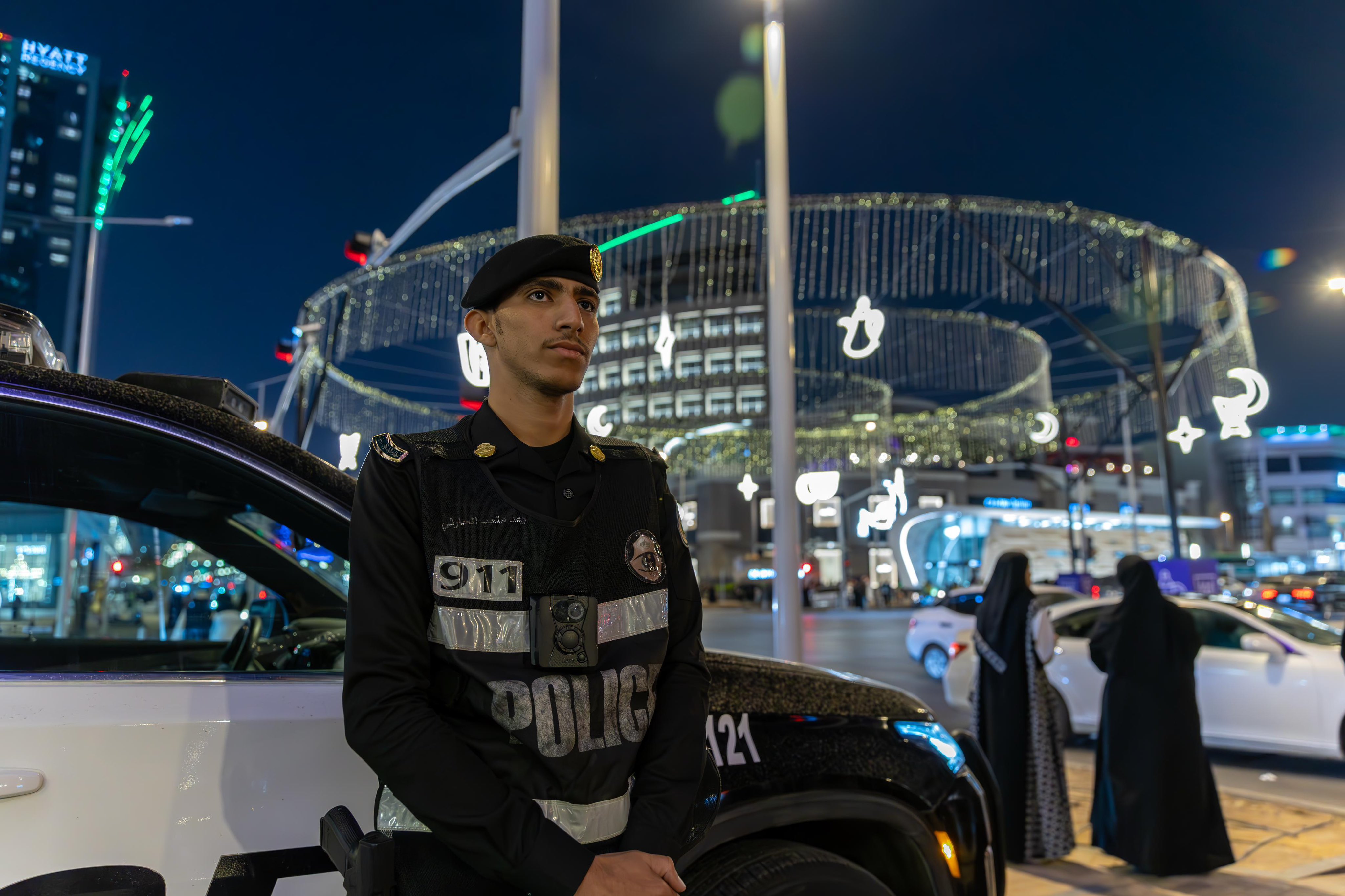





.jpg)







.jpg)
.jpg)
.jpg)
.jpg)

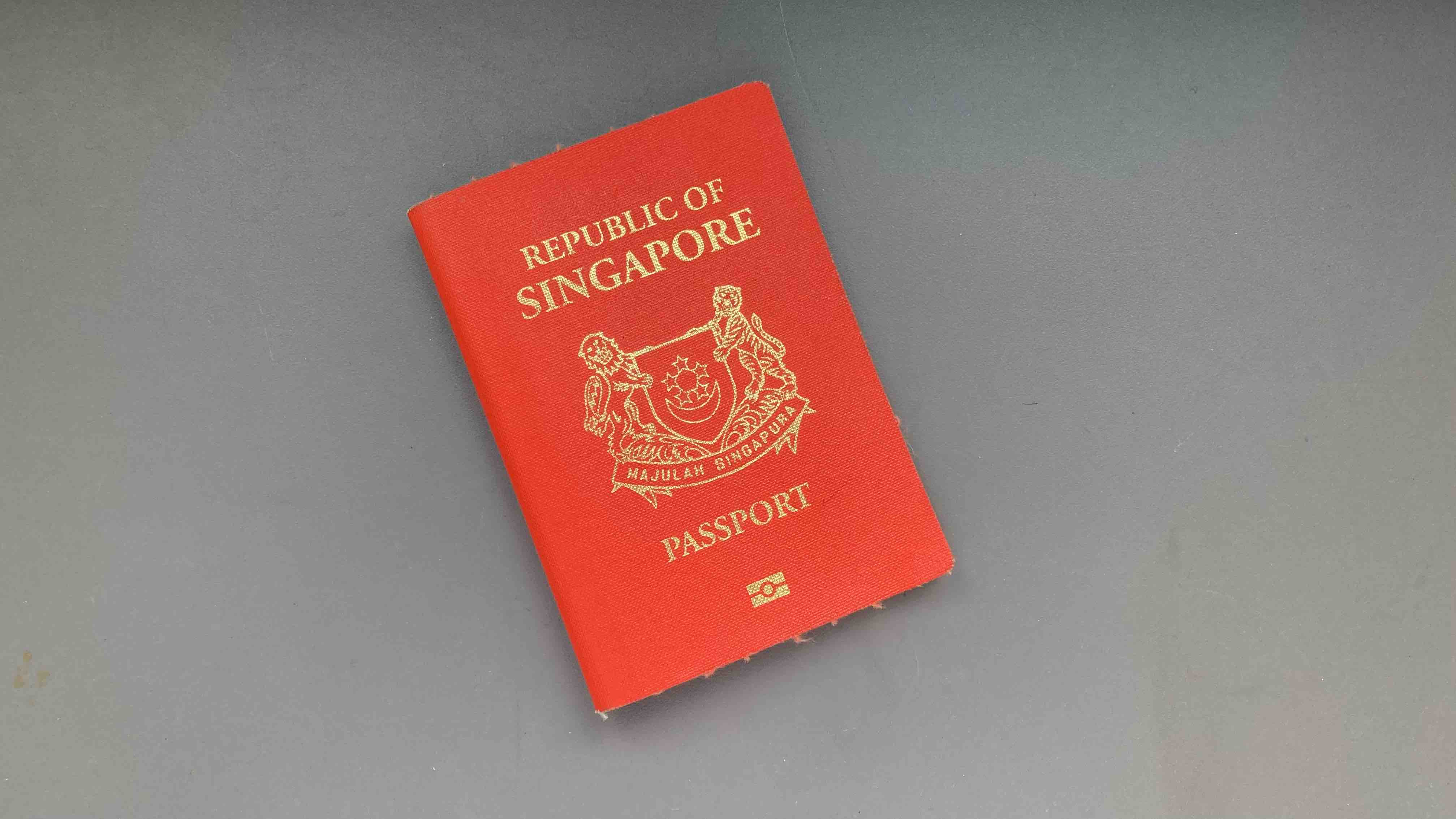
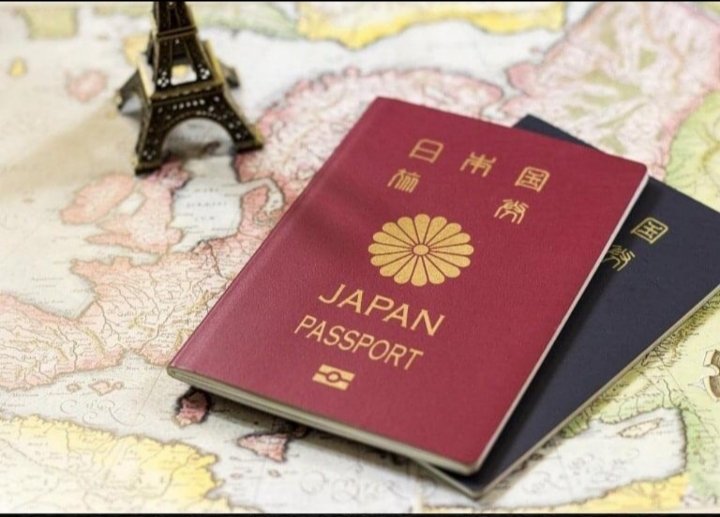
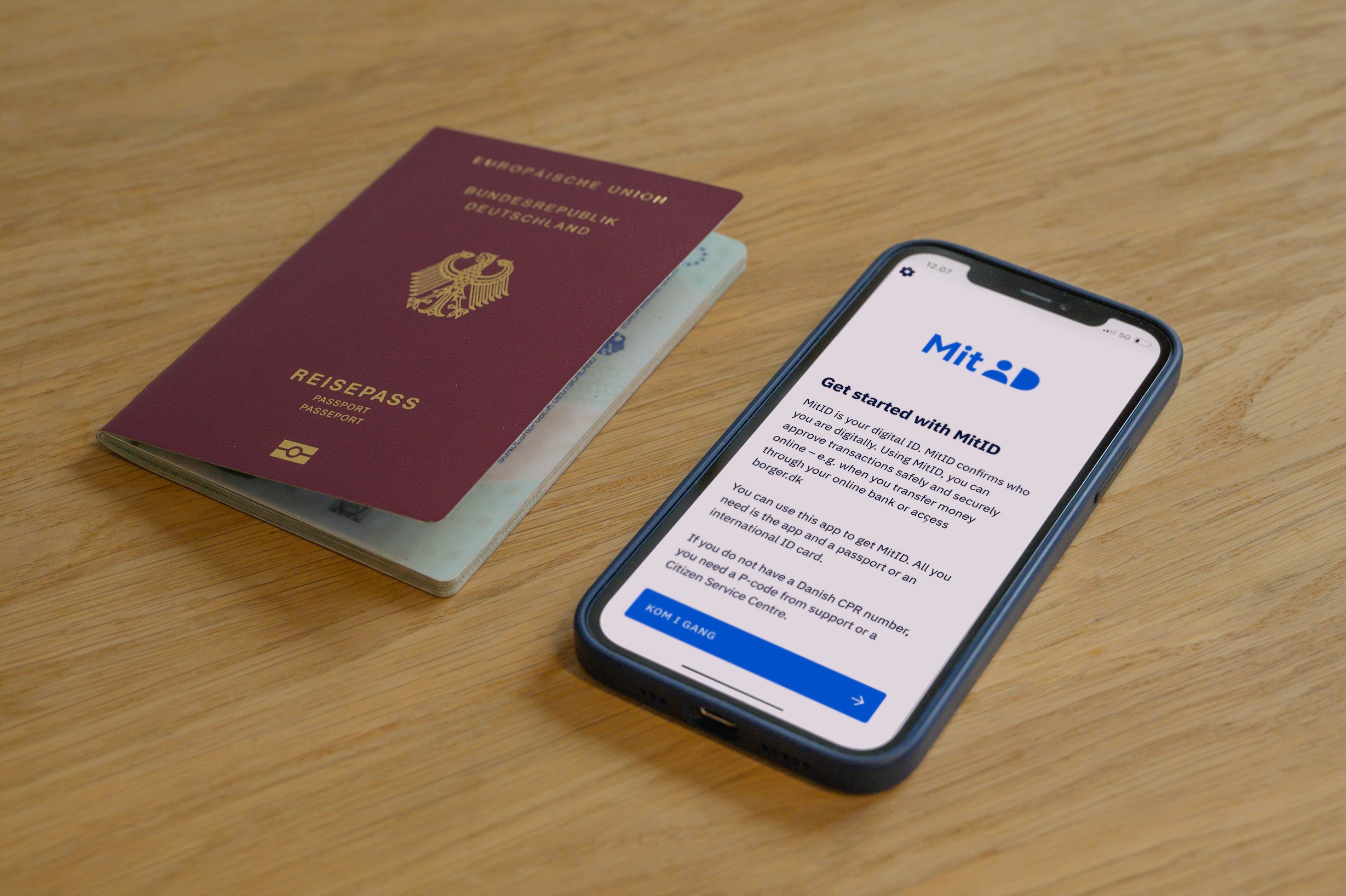
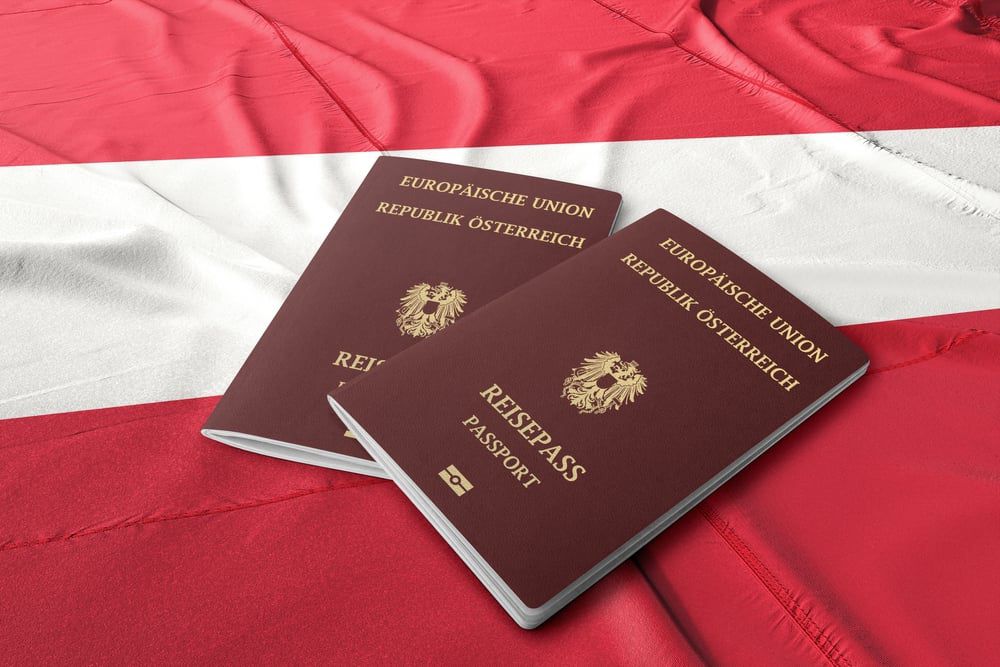
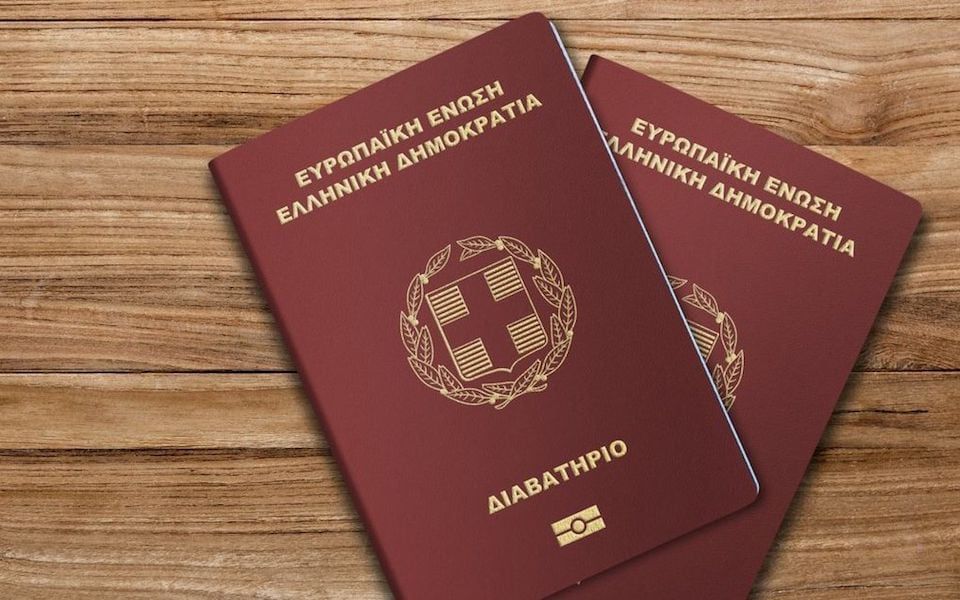
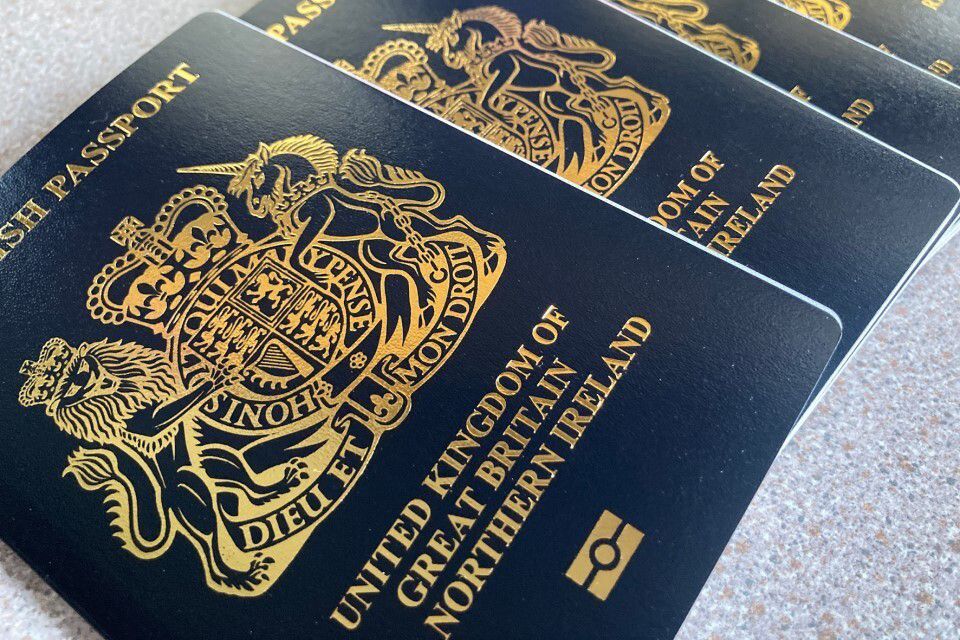
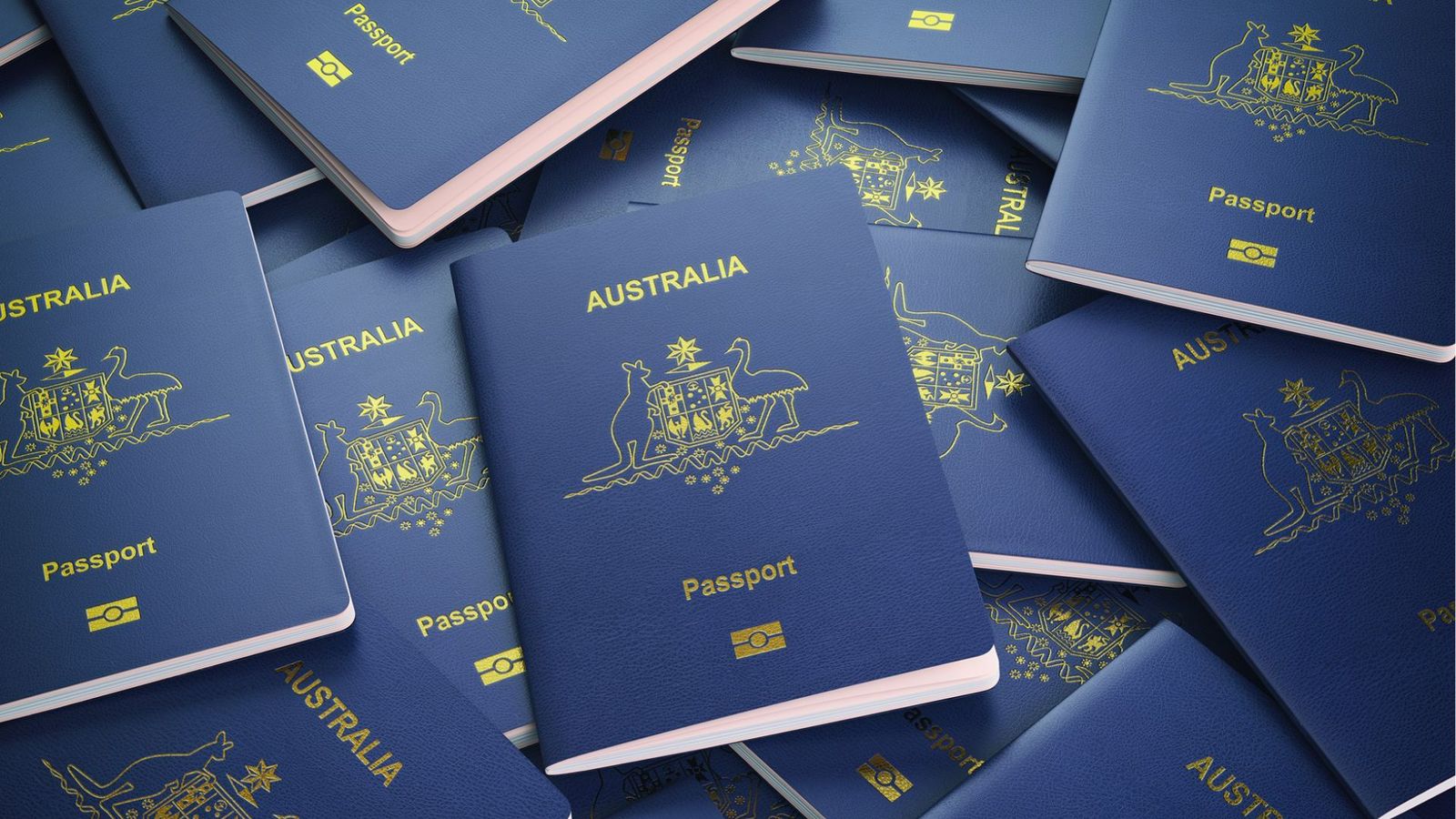
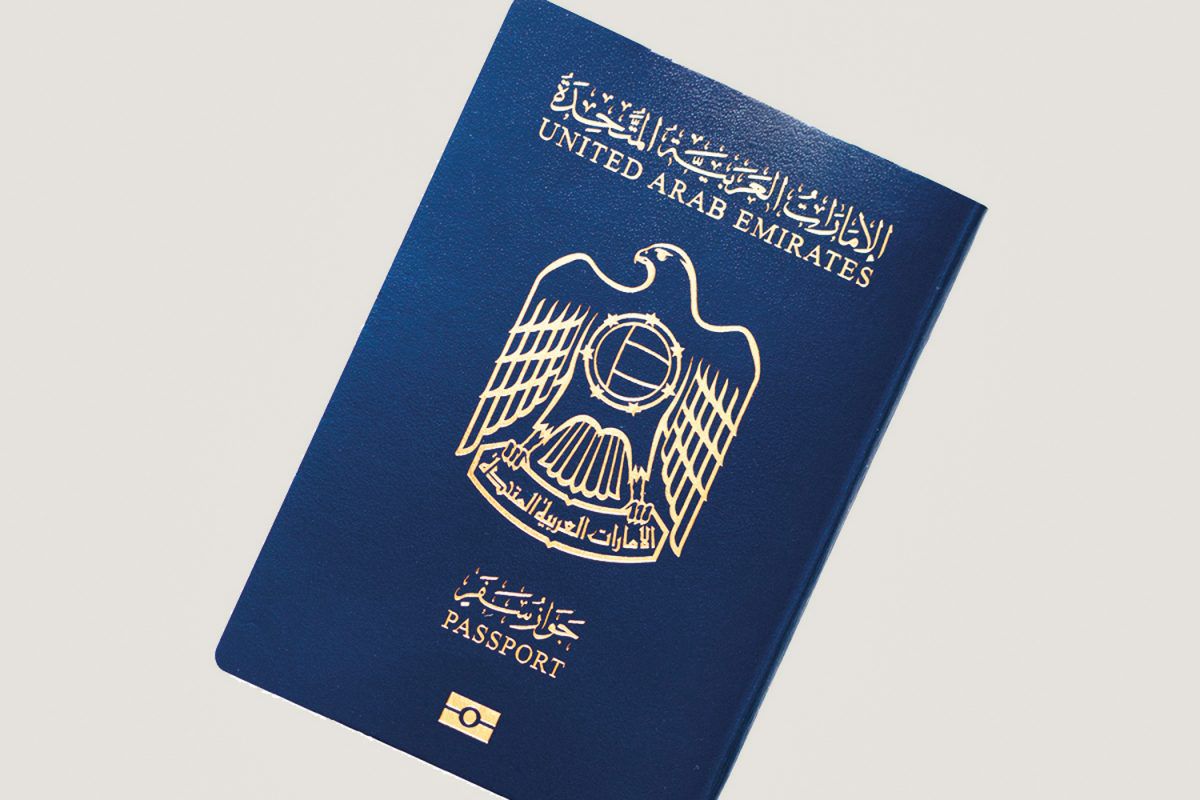
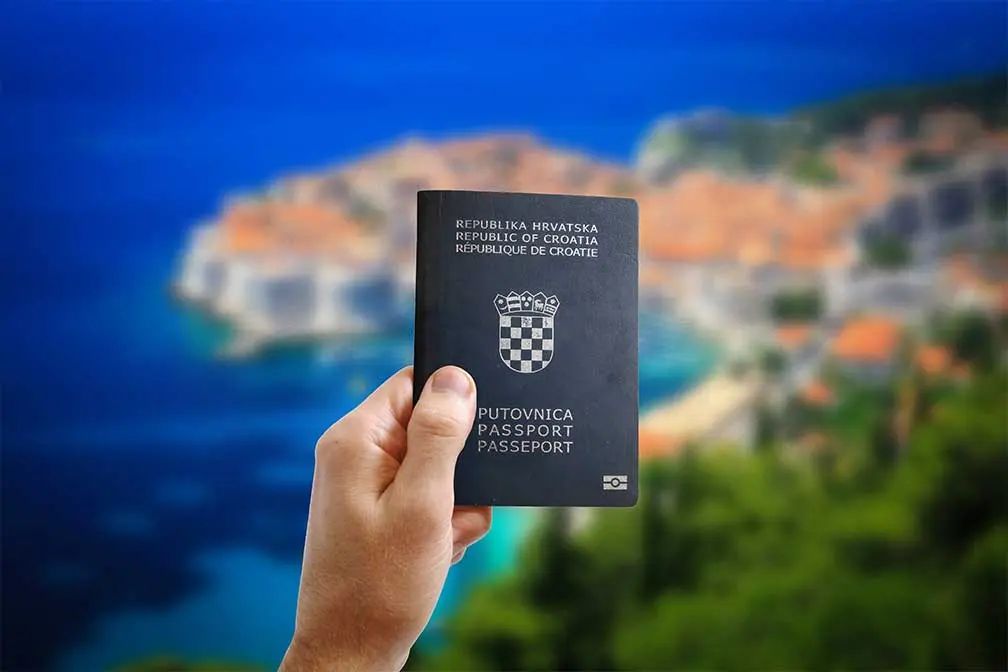
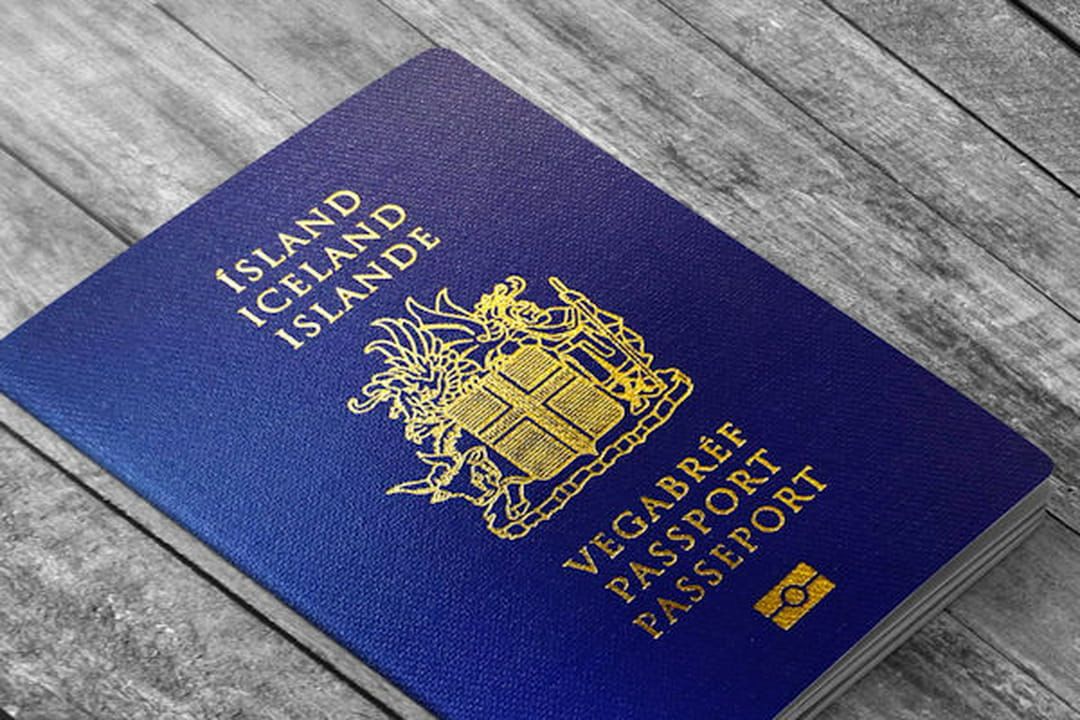




 (1).jpg)
.png)
.jpg)
.jpg)